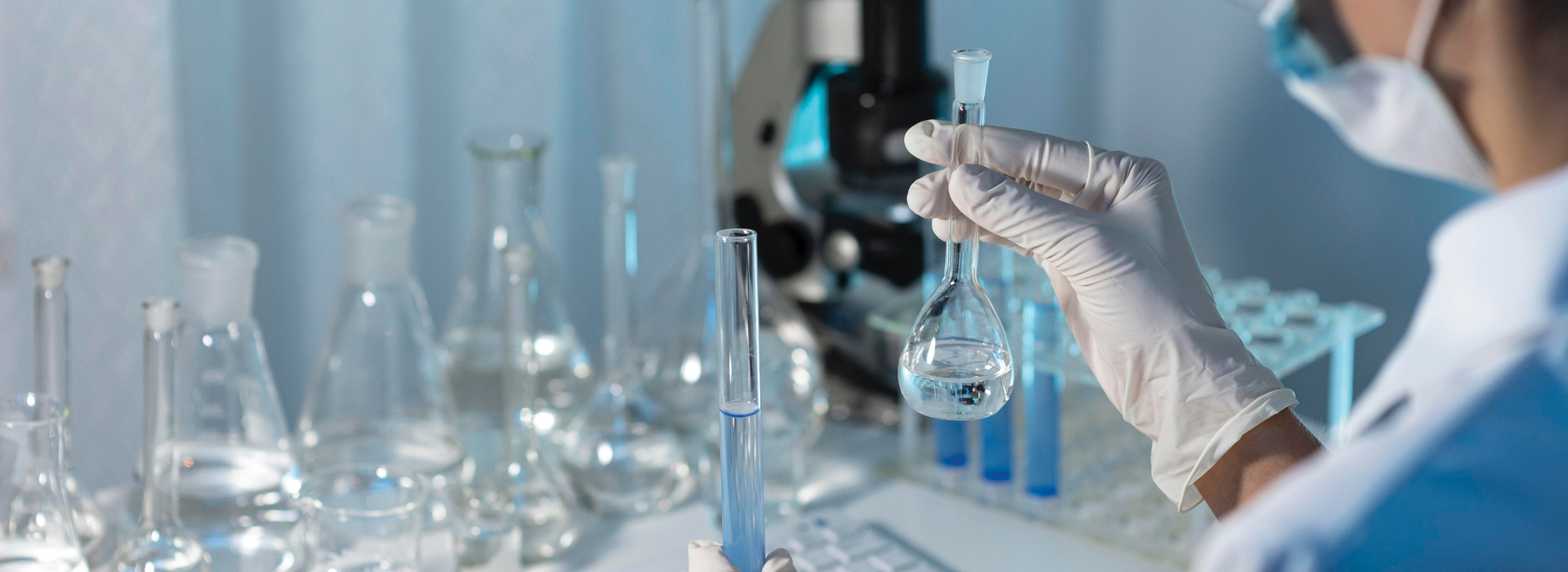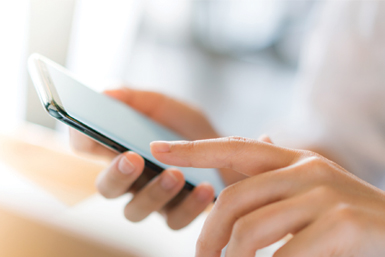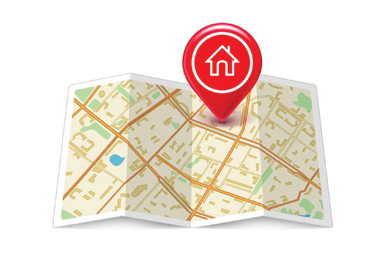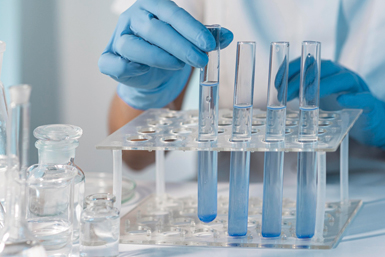Spirometry is a simple breathing test that is used to assess how well your lungs work by measuring how much air you inhale, how much air you exhale and how quickly you exhale. It is used to:
- Help diagnose lung conditions such as chronic obstructive pulmonary disease (COPD) & asthma;
- Check a person's current lung function;
- Check the effectiveness of treatment for COPD and asthma.
Although spirometry is very useful to diagnose COPD and asthma, a normal spirometry test does not always rule out the diagnosis of certain lung conditions as there can be periods when spirometry tests may be normal even though a lung condition such as asthma exists.
Patients who typically require the spirometry procedure include:
- Asthmatics
- Smokers (>40 years of age)
- Ex-smokers
- People with chronic cough conditions or wheezing episodes
- People who present with dyspnoea
- People frequently exposed to occupational hazards (e.g. fumes or dust)
- Patients with chronic obstructive pulmonary disease (COPD)
How should you prepare for the test?
- Wear comfortable and loose-fitting clothes that will allow you to take in deep breaths
- Do not smoke for at least one hour before the test
- Do not engage in strenuous exercise at least two hours before the test
- Do not eat a large meal at least two hours before the test
- Do not drink alcohol at least four hours prior to the test
- Follow your doctor's/nurse's instructions on which inhalers or oral medications to avoid before the test
What to expect during a spirometry procedure?
During a spirometry test, you will be asked to breathe through a mouthpiece attached to a medical device called a spirometer. The spirometer is attached to a computer with a software to measure how much air you can breathe in and out of your lungs and how quickly you can blow air out of your lungs.
This test is usually done seated. You will take a deep breath and breathe out into the mouthpiece as hard and as fast as you can for at least six seconds. It is important that your lips are sealed tightly around the mouthpiece so that no air leaks out.
You will need to do this at least three times to make sure your results are consistent. If there is too much variation and result is inconclusive, a repeat test will be required. The highest value among the three closest test results is used as the final result.
The doctor may request that you perform a bronchodilator challenge test (post test). After the initial round of tests, you will be given an inhaled medication, also known as a bronchodilator to open up your airways. You will rest for at least 15 minutes before repeating the breathing tests. The doctor will compare the results of the two measurements (pre and post) to see if the bronchodilator has improved your lung function.
The entire pre and post spirometry procedure usually takes between 20 to 45 minutes. The test results will be reviewed by your attending doctor for follow-up management. Spirometry is a relatively safe procedure for most people. However, due to the prolong exhalations, you may feel short of breath or dizzy for a short period after completing the test.
Appointment is required to be made for spirometry.
To make an appointment for a spirometry with NUHS Diagnostics, please click here.



















